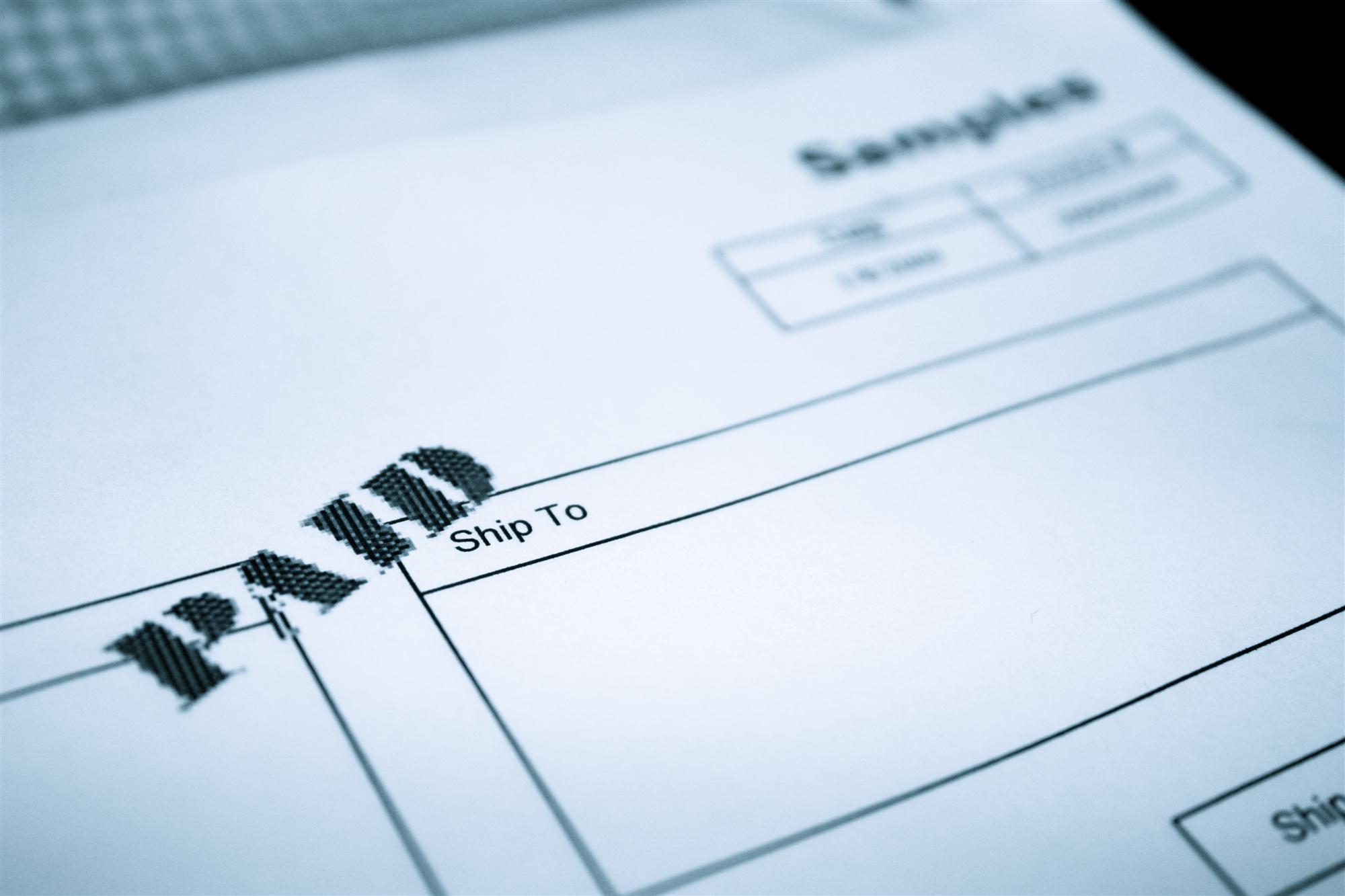French shipping software start-up BuyCo is hoping to completely modernize the way in which those involved in the containerized shipping industry interact and communicate with one another.
The company has developed a digital platform which connects different freight forwarders around the world, but recently extended it to include shippers as well, effectively creating a collaborative network which allows users to gain visibility of the maritime supply chain.
“We’re inspired by Airbnb and Uber,” says Carl Lauron, founder and CEO of BuyCo. “It’s not important if you don’t own taxis or hotels. We can build a large virtual company by joining people together. This market is dominated a few huge companies and so the smaller ones are under pressure. We aim to group together the local heroes around the world – forwarders who are experts in their local areas and who provide a good level of service.”
The platform now consists of about 65 different forwarders, with a new one being added every week.
“Our first target is to gather about 250 forwarders handling a total of about 2 million TEUs,” Lauron says. “We have four in China, which is of course a key market for us, and we hope to have another four or five strong partners soon. Our ambition is to eventually open an office in China.”
Having been managing director of freight forwarding and then vice president of business development and innovation at CMA CGM, Lauron has a unique perspective of both the technology aspect as well as the customer aspect.
“I think I’ve been quite lucky,” he says. “I know how forwarding works and my time at CMA CGM gave me so much insight. It’s still very paper-based. You sign something, then send it to the other side of the world with a courier. Tech can really make a difference here.”

Lauron says that digitization is “super relevant” because each company has its own system and if coordination between the various players continues to be with conventional methods such as fax, chat, email, etc., much of the information could already be outdated by the time it reaches the end customer.
“In total, there could be between 50 to 200 different layers,” he says. “Our goal is to be in the middleman position. We provide full end-to-end transparency and all players are invited to input data. This is a huge benefit to shippers. It used to be the case that some companies would hide information to protect their profit margins, but I think we’re moving on from a smokescreen-based model to one that is based on transparency, sharing and trust.”
Lauron admits that it’s not always easy to get companies on board. For example, when BuyCo was presenting its solution to a French importer who now works with the company, it asked BuyCo to include a specific freight forwarder that it used to work with. BuyCo got in touch with the forwarder but it remained sceptical and refused to work with BuyCo.
“Overall, it’s not too difficult to convince people,” says Lauron. “Companies are looking at ways to improve their business, and if they don’t want to, we don’t really care. We are not going to be friends with everybody, that’s for sure. The people who are working with us are very happy. They also gain business development because they can come up with new solutions. This is a huge trend and a culture change. People can try to resist, but there is no future in that.”
Lauron believes that there is sufficient room for a number of players and that, in three or four years’ time, there could be 20 or more doing something similar to BuyCo. At the end of the day though, the winners will be those with technical functionality, good partners and professional people.
“Tech is important and it’s fashionable to say that you work with blockchain these days, but it’s also what you do with it that matters,” he says. “It’s also about finding the right partners. That’s the key success we have.”
BuyCo has no immediate plans to expand the platform to also cover air freight for now.
“Air freight is a bit more advanced and more digitized,” says Lauron. “That’s why we started with sea freight. By construction, sea freight is much more complex and difficult since there are many points of loading and discharge. Structurally, I think this is why sea freight is a bit behind.”
Lauron says that there is much to do, but that he’s looking forward to the challenges ahead.
“Being in charge of innovation opened my eyes to all the potential applications of new technology and data, and has made me realise how much this industry could be shaped by new technology,” he says. “A lot of things are happening and moving quite quickly now, so it’s a fascinating time to be working in the shipping industry.”
By Jeffrey Lee
Asia Cargo News | Hong Kong